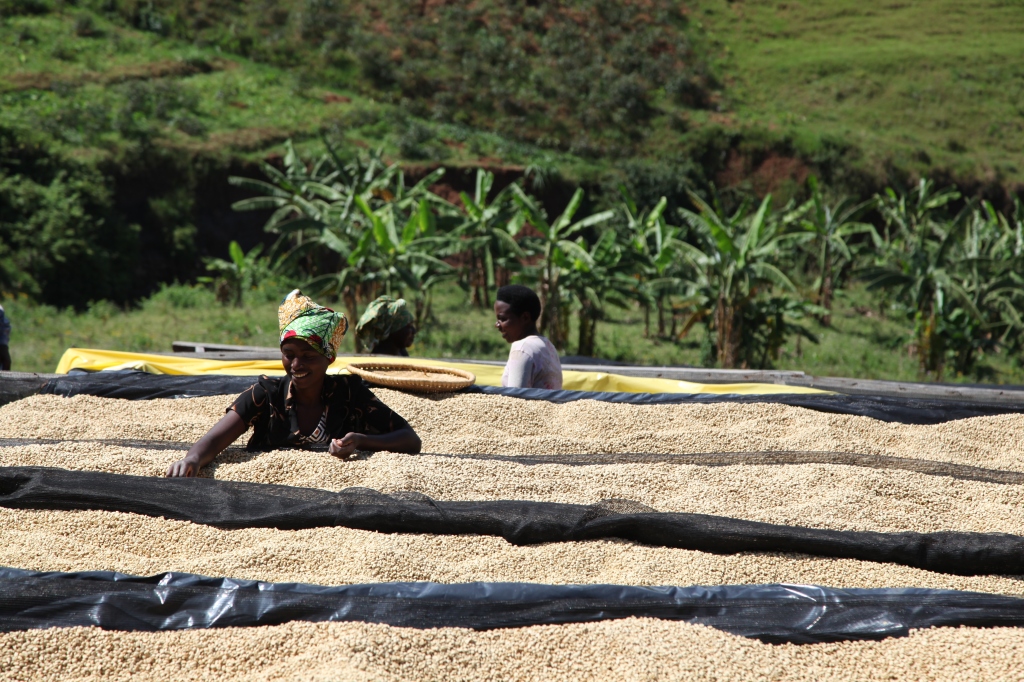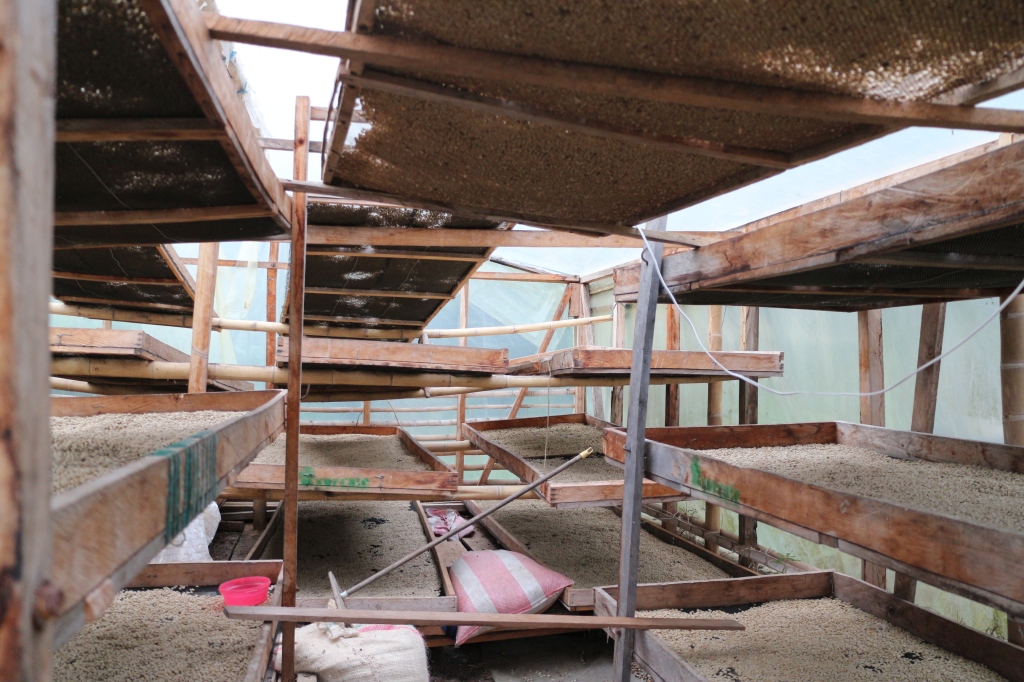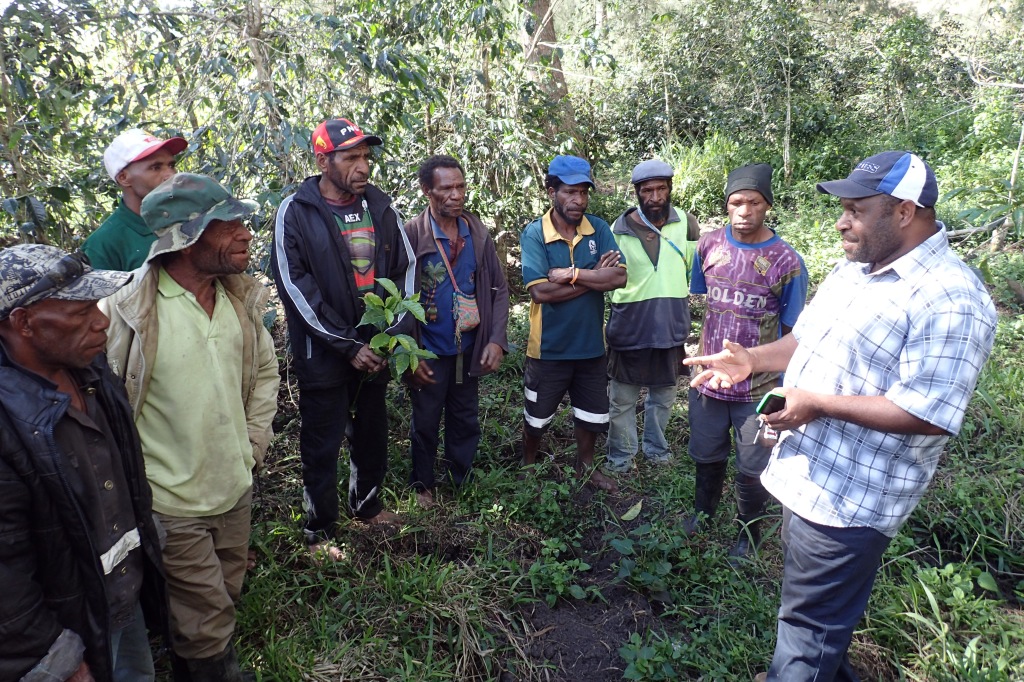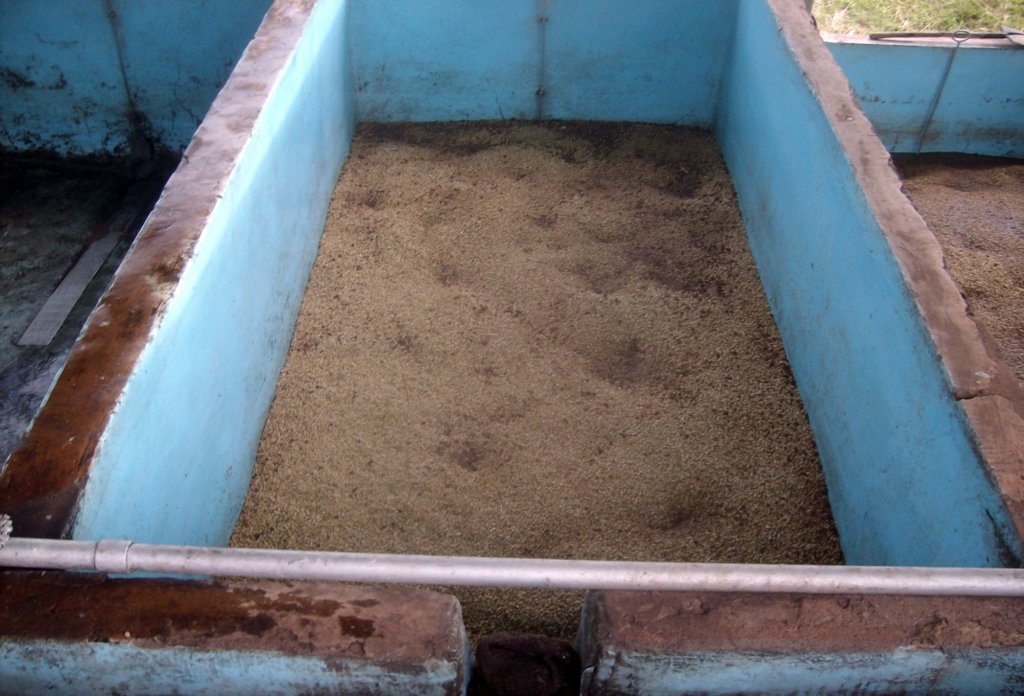Where does our coffee come from?
When people meet us for the first time in our role as coffee roaster there are certain questions which inevitably crop up. The most notable of these questions are probably:
“Where does your coffee come from?”
“Do you travel to origin to visit the farms?”
“In your coffee Fairtrade?”
“Do you drink a lot of coffee?”
While we have to admit we drink a lot less coffee than you might expect, our consumption habits are not the focus of this article. Instead we wanted to explain a little bit about our coffee buying policies and where our coffee comes from. Our business is very much focused on coffee roasting and after sales support; our reputation has been built around the quality of our product and a commitment to providing the best possible customer support. The supply chain from farmer to consumer can often be complex and we have chosen to focus our attention on the latter stages, becoming specialists in our role. While it is important to understand the supply chain fully, we personally do not believe we need to visit origin to achieve this.

Fostering long term relationships
In recent months there has been a growing criticism of coffee trips for the sake of just visiting origin, particularly with respect to flights. With climate change a constant feature of news headlines, we all have to look closely at activities which might be deemed as unnecessary. We currently find it difficult to justify a trip to origin and therefore rely upon our coffee broker, Mercanta, to source coffee on our behalf. Both ourselves and Mercanta have carefully nurtured our relationship since we began roasting in 2011, building an association which is founded upon mutual trust and respect. We feel this partnership has played a key role in our success.
Mercanta’s ‘sourcing model’ is best summarised in their own words:
We simply believe that buying quality coffee for fair prices, negotiated directly with the producer, makes good business sense.
Our approach to sourcing starts with the coffee itself. We seek out the best quality beans, and we expect to pay premium prices in return. When we find a coffee we like, we work to build a lasting relationship with that producer in order to establish a reliable supply chain, away from the unpredictability of the commodity market.
If you are interested in more information about our broker’s sourcing model, sustainability and transparency, it’s well worth a read of their website.
A complex journey
The more we learn about sourcing and buying coffee, the more complex the picture becomes. There are numerous “sourcing models” advocated by various parties which include the concepts of ‘direct’ and ‘indirect’ trade, the notion of ‘Fairtrade ’ (as well as similar models such as Rainforest Alliance) and principles such as ‘organic’, ‘shade grown’ and ‘single origin’ coffees. Each model or concept loudly proclaims its virtues in an effort to maintain or grow a market share but many are simply shorthand attempts to distill a complex process into something easy to understand by the consumer.
Take the principle of ‘organic’ coffee, for example. On numerous occasions we have purchased organic certified coffee but choose to market it without reference to its organic status. This coffee would have been chosen by us because of its quality, a reference to its specialty status and its appealing flavour and character. The quality of this coffee is the net effect of careful cultivation, a painstaking approach to processing, diligent export, shipping and storage, and sensitive roasting. The fact that it happens to be organic is incidental to our selection of the coffee. There are coffee farms which might also be organic but cannot carry the all important certification. Many coffees in the world are produced by small holder, subsistence farmers. It can sometimes require coffee cherries from 2,000 or more of these farmers to produce a ‘lot’ or batch of coffee. Their very working practices and lack of income will prevent them from using pesticides, but the cost of certification, and the sheer numbers involved makes it impossible to label their coffee as ‘organic’! The actual story behind a coffee is often more complex than simple labels might suggest.
And so it is of ‘single origin coffees. For many years we fell into the trap of labelling our non-blended coffees as ‘single origin’. It was an industry ‘catch all’ but yet again an over simplification of a complex picture. Its meaning is twofold: while we saw it as coffee which was not part of a blend, consumers often interpreted it as coffee from a single location or farm. From our point of view the term ‘single origin’ was too sweeping: A single sack of green coffee beans can be anything from a specific micro lot from a single farm to the combined efforts of many hundreds, or even thousands, of producers, and anything in between. This is best described by considering some of the coffees we use on a regular basis.
Finca El Carmen, El Salvador
90 hectares, single farm, own processing mill

We’ve been buying coffee from Finca El Carmen for a number of years. It is an example of a single farm which also owns and runs its own processing mill. This gives owner Fernando Alfaro full control of the coffee from cultivation through to export. Fernando also processes coffee for neighbouring farms…
Finca Nazareth, El Salvador
124 hectares, single farm, no processing mill

Again a coffee from a single farm but in this instance the processing takes place at the neighbouring Finca El Carmen.
BUF Remera, Rwanda
Average 0.25 hectares, smallholders, processing mill purchase coffee

Remera is a washing station (the name given to a processing mill in Rwanda), one of three owned by Buf Café. The three washing stations procure coffee cherries from around 7,000 smallholder farmers.
La Coipa, San Ignacio #1
12 hectares , selected farmers from producer organisation, own processing

The Alpes Andino producer organisation has 115 members from various villages. This particular lot was selected from just three of these farms El Paraiso, La Cascada and El Bosque. Processing is undertaken on each farm.
Carlos Alberto Ulchur, Colombia
15 hectares, selected microlot from a single farm

Finca Las Brisas, a farm in Colombia, is a member of the Inzà producer group. This particular lot from the farm was selected by the organisation’s producers as being of exceptional quality. These high quality coffees are named after the owner of the farm.
Sierra Azul, Mexico
Average 3 hectares, cooperative, farmers have own wet mills

Cafe Sierra Azul is a cooperative of 227 farmers each operating their own wet mill to process coffee. All members have contributed to this particular lot of coffee.
Virgin Mountain, Papua New Guinea
Average <1 to 2 hectares, smallholders, coffee collector, sold on to processing mill

The challenge in Papua New Guinea is to transport coffee cherries from the farms to a processing mill before they spoil. The poor quality of roads makes this a challenge and it is the role of Ben Akike to travel from village to village and family to family buying coffee.
Fazenda Sao Silvestre, Brazil
232 hectares, single farm, own mill

On a different scale altogether, and typical of farms in Brazil, Fazenda Sao Silvestre is a 232 hectare farm with its own processing mill. Unlike the above farms, where harvesting is undertaken by hand, coffee is selectively harvested using a mechanical harvester.
Komothai, Kenya
< 1 hectare per farmer, cooperative, 13 processsing mills

The Komothai Coffee Growers Cooperative Society has approximately 10,000 members farming on around 2,200 hectares of land. The cooperative manages 13 factories in Kiambu County and the coffee is graded post processing according to screen size.
As can be seen from these examples the route a coffee takes from farm to consumer is complex and varied, and not easily distilled into any shorthand terminology. The overall character and flavour of a specialty coffee is the net result of each and every part of the supply chain. Our industry has a seemingly insatiable appetite for new and exciting coffees so we can expect even more variety in the future as producers experiment with cultivation and processing methods.
We try to reflect the key features of our coffees on our bags giving an indication of the origin of each coffee but you can find more detail on our website.